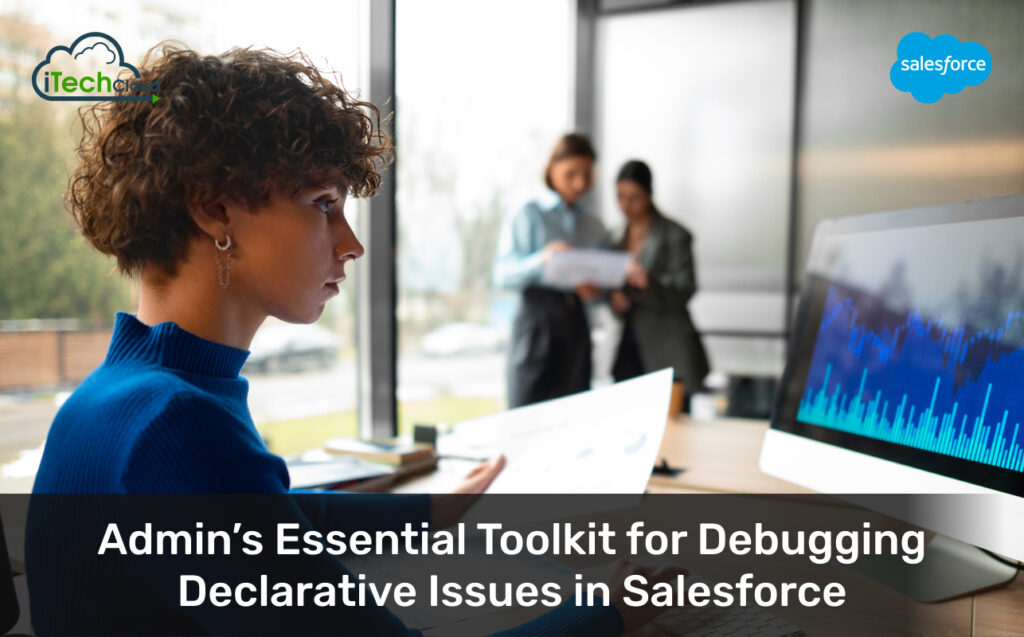ChatGPT Connects to Company Knowledge: Implications for Agentforce

Introduction: ChatGPT Connects to Company Knowledge
The integration of ChatGPT with company knowledge bases marks a significant leap in AI-driven enterprise solutions. By connecting large language models (LLMs) like ChatGPT to internal databases, documents, and workflows, businesses can enhance productivity, automate customer support, and streamline knowledge management.
One of the most promising applications of this integration is in Agentforce a concept where AI-powered agents assist or replace human workers in performing complex, knowledge-intensive tasks. This blog explores how ChatGPT ability to access and interpret company knowledge impacts Agentforce, the benefits, challenges, and future implications for businesses.
Table of Contents
1. Understanding ChatGPT Integration with Company Knowledge
How ChatGPT Accesses Internal Data
ChatGPT, when connected to company knowledge, can pull information from:
- Internal databases (SQL, NoSQL, CRM systems)
- Document repositories (SharePoint, Google Drive, Confluence)
- APIs and enterprise software (Salesforce, SAP, Jira)
- Live data streams (customer interactions, IoT sensors)
This integration is facilitated through:
- Custom plugins & APIs – OpenAI’s plugin system allows ChatGPT to query structured and unstructured data.
- Vector embeddings & semantic search – Converting documents into embeddings enables ChatGPT to retrieve relevant information efficiently.
- Fine-tuning & RAG (Retrieval-Augmented Generation) – Combining retrieval-based methods with generative AI improves accuracy.
Key Technologies Enabling This Integration
- Natural Language Processing (NLP) – ChatGPT understands and generates human-like responses.
- Knowledge Graphs – Structured representations of company data improve contextual understanding.
- Secure Data Access Protocols – OAuth, encryption, and role-based access ensure data security.
2. Agentforce: The Next Evolution of Workforce Automation
What is Agentforce?
Agentforce refers to a network of AI agents that perform tasks traditionally handled by human employees. These agents can:
- Answer customer queries (support bots)
- Generate reports (data analysis agents)
- Automate workflows (RPA + AI integration)
- Assist in decision-making (AI advisors)
How ChatGPT Enhances Agentforce
1. Real-Time Knowledge Retrieval
- Agents can fetch up-to-date company policies, product details, or troubleshooting guides instantly.
- Example: A customer support bot pulling the latest return policy from an internal wiki.
2. Context-Aware Assistance
- ChatGPT retains conversation history, allowing agents to provide personalized responses.
- Example: An HR bot remembering an employee’s previous leave requests.
3. Multimodal Interactions
- Beyond text, future Agentforce systems may process images, voice, and video.
- Example: A field service agent analyzing an equipment photo to suggest repairs.
4. Automated Decision Support
- AI agents can recommend actions based on historical data.
- Example: A sales agent suggesting upsell opportunities based on CRM trends.
3. Business Implications of ChatGPT-Powered Agentforce
A. Increased Efficiency & Cost Savings
- Reduced manual workload – Employees spend less time searching for information.
- 24/7 availability – AI agents handle queries outside business hours.
- Lower training costs – New hires get instant access to company knowledge via AI.
B. Improved Customer & Employee Experience
- Faster response times – Customers get instant, accurate answers.
- Consistent information – Eliminates human errors in knowledge sharing.
- Personalized interactions – AI remembers user preferences and history.
C. Knowledge Management
- Centralized information access – No more siloed data across departments.
- Automated documentation – ChatGPT can summarize meetings, generate reports, and update FAQs.
- Continuous learning – AI improves as it processes more internal data.
D. Scalability & Adaptability
- Handles peak demand – AI agents scale effortlessly during high inquiry volumes (e.g., holiday sales).
- Adapts to new domains – ChatGPT can be fine-tuned for industry-specific terminology.
4. Challenges & Risks
A. Data Privacy & Security Concerns
- Leakage risks – ChatGPT could inadvertently expose sensitive data.
- Compliance issues – GDPR, HIPAA, and other regulations must be considered.
Mitigation Strategies:
- On-premise AI deployments – Keep data within company servers.
- Access controls – Restrict AI’s access based on user roles.
- Anonymization – Remove PII before processing queries.
B. Accuracy & Hallucinations
- False information – ChatGPT may generate plausible but incorrect responses.
- Outdated knowledge – If not updated, AI may provide obsolete data.
Solutions:
- Human-in-the-loop (HITL) – Critical decisions reviewed by employees.
- Regular knowledge updates – Sync AI with the latest company data.
C. Employee Resistance & Job Impact
- Fear of job displacement – Workers may worry about AI replacing roles.
- Change management – Training employees to work alongside AI is crucial.
Best Practices:
- Upskilling programs – Train staff to manage AI agents.
- Hybrid workforce model – AI handles repetitive tasks, and humans focus on strategy.
5. The Future of Agentforce with ChatGPT
A. Autonomous AI Teams
- Multiple AI agents collaborating (e.g., one handles sales, another processes invoices).
- Example: An AI project manager coordinating tasks across departments.
B. Hyper-Personalization
- AI predicts user needs before they ask (e.g., suggesting training materials for employees).
C. Integration with IoT & Edge AI
- ChatGPT-powered agents in manufacturing, logistics, and smart offices.
D. Ethical & Regulatory Developments
- Governments may introduce AI workforce regulations.
- Companies will need transparent AI policies.
My Takeaway:
The integration of ChatGPT with company knowledge is revolutionizing Agentforce, enabling businesses to deploy AI agents that are smarter, faster, and more efficient than ever before. While challenges like data security, accuracy, and workforce adaptation remain, the benefits of cost savings, scalability, and enhanced productivity make this a game-changer for enterprises.

